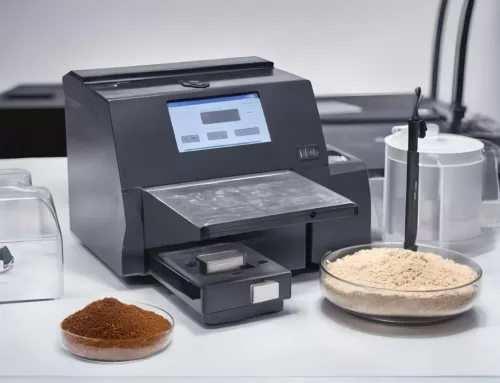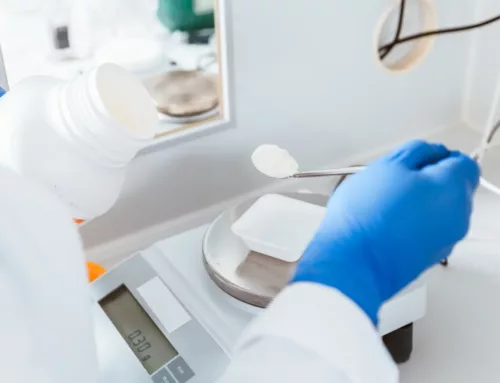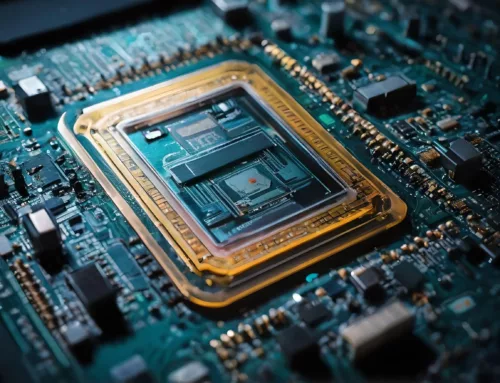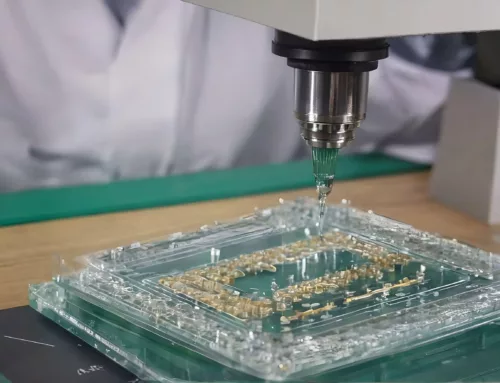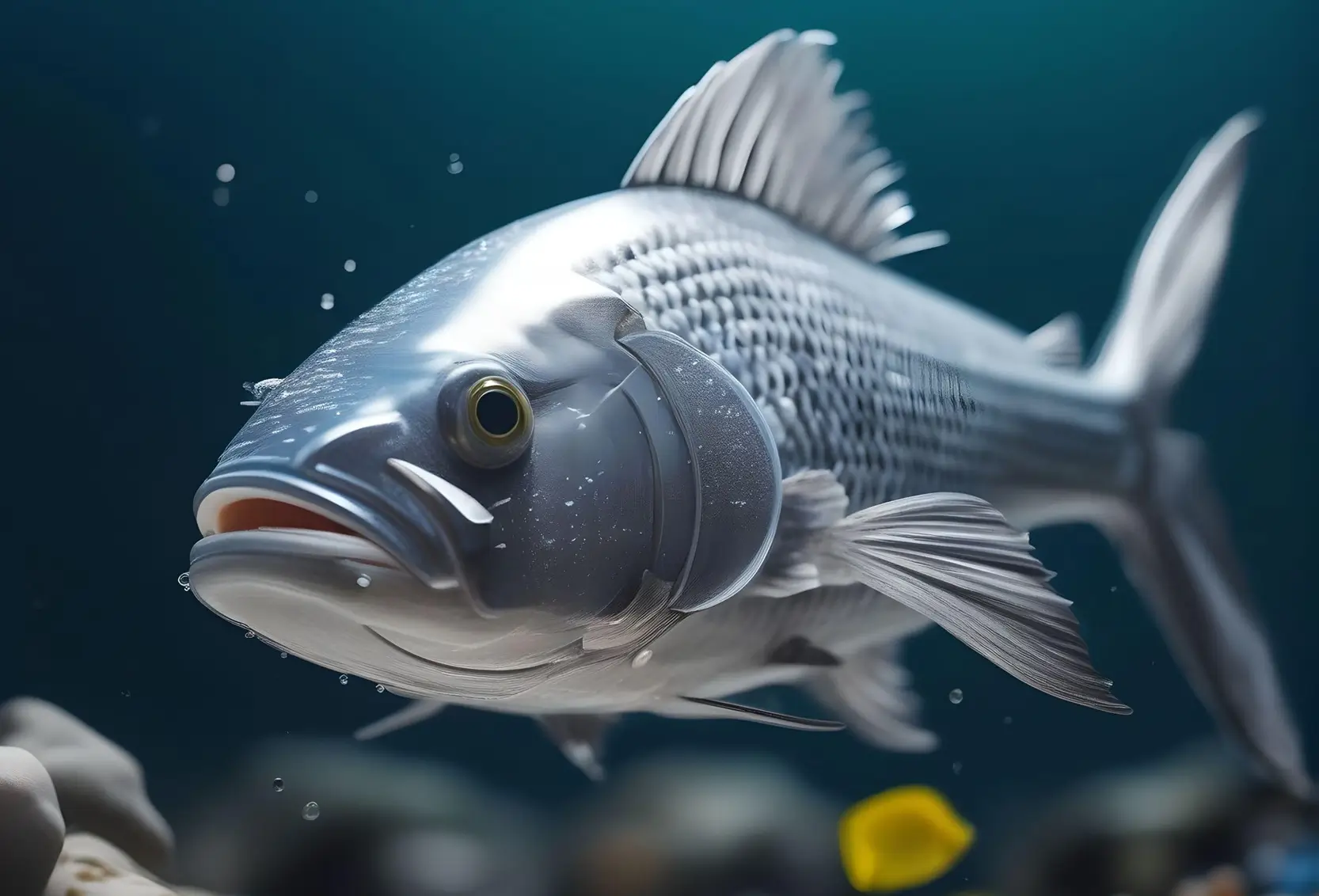
Plastics, celebrated for their transformative role in the modern era, have woven their presence into nearly every facet of our lives, from every type of packaging imaginable to construction, textiles to electronics, reshaping industries and bestowing unmatched convenience. However, this convenience carries a substantial environmental cost. Microplastics, distinct from powdered particles, comprise solid plastic fragments measuring less than 5 millimeters. While powdered particles typically form as fine, powdery substances, microplastics introduce a distinctive unnatural environmental hazard. They take various forms, ranging from microbeads commonly found in personal care products to microfibers shed by synthetic clothing and small fragments resulting from the deterioration of larger plastic items. Despite their small stature, microplastic pollution occasionally gets attention, often driven by media coverage, NGO’s, or political campaigns. This attention tends to be short-lived, with little lasting impact on the continuous global production of plastics. The challenge is that these microplastics infiltrate the entire global food chain, including both land and water bodies. This poses accumulating environmental problems to health ecosystems in unforeseeable areas. Recognizing the gap between microplastics and powdered particles is pivotal in the quest to address and mitigate the far-reaching consequences of microplastic pollution.
Plastic persistence
Microplastics, by definition, are plastic particles with a size of less than 5 millimeters. This category includes nanoplastics (less than 1 micrometer), microplastics (1 micrometer to 5 millimeters), and mesoplastics (5 millimeters to 2.5 centimeters). The variability in size, shape, and characteristics of microplastics depends on the original plastic material, its manufacturing process, and environmental conditions. Plastics like polyethylene (PE), polypropylene (PP), polystyrene (PS), and polyethylene terephthalate (PET) can all undergo this transformation, yielding a range of microplastic particles.
The aforementioned plastic materials, which are often celebrated for their durability and diversity in consumer products and packaging, face a paradox of their own making when it comes to their lifecycle in the environment. The process of plastic degradation is multi-faceted, involving various physical, chemical, and biological processes.
Exposure to sunlight initiates photodegradation, wherein the plastic polymers break down due to ultraviolet (UV) radiation. This process of photodegradation involves the high-energy UV photons interacting with the polymer chains, leading to the cleavage of chemical bonds within the plastic.
Simultaneously, mechanical stress, such as physical abrasion or grinding, can mechanically break down larger plastic items into smaller pieces. This physical stress contributes to the fragmentation of plastics and is often related to the granulation process, where plastics are intentionally broken down into granule particles.
Thermal fluctuations, caused by temperature variations, induce thermal stress on plastics, resulting in the expansion and contraction of the material. These temperature-induced stresses can lead to cracks and fractures in the plastic, further aiding in its disintegration. Additionally, even microbial activity plays a role in
the gradual breakdown of plastic items. Microbes, including bacteria and fungi, can colonize the surface of plastic items and produce enzymes that degrade certain components of plastics, although this degradation process is typically slower than other forms of degradation.
Collectively, these processes contribute to the gradual breakdown of plastics into smaller fragments, ultimately leading to the formation of smaller subsets of granule particles, including microplastics. While microplastics can be considered a subset of granules due to their small size, it’s important to note that they are distinct from intentionally produced industrial granules.
Environmental microplastic pollution Infiltration
The process of forming plastics from polymer resins to plastic consumable materials to eventual degradation into microplastics doesn’t stop there. These tiny microplastic particles then embark on an environmental voyage that takes them into various ecosystems, spreading their subtle infiltration far and wide. Wind, water currents, and wildlife are primary agents in the dissemination of microplastics. In aquatic environments, microplastics are ingested by marine organisms, inadvertently becoming part of the marine food web. Even on land, microplastics find their way into the soil, potentially affecting nutrient cycling, plant health, and ultimately, many of our food sources.
Implications for Living Organisms
The infiltration of microplastic pollution into ecosystems sets the stage for a cascade of effects on living organisms, particularly impacting marine life. Microplastics are often mistaken for food by marine organisms, leading to their ingestion. While this ingestion can cause physical harm, blockages, reduced feeding efficiency, and even death in some cases, the broader concern extends beyond immediate harm. As microplastics enter the human food chain through seafood consumption, questions arise regarding potential health
risks associated with ingesting these particles. Over the long term, the accumulation of microplastics in ecosystems disrupts food chains and nutrient cycles. These tiny particles can absorb toxic substances from their surroundings, which may lead to genetic changes in organisms exposed to them. These alterations have the potential to impact the population dynamics of various species, potentially leading to shifts in the structure of ecosystems. Therefore, the consequences of microplastic pollution ingestion have significant implications for the environment and ecosystems, with effects that manifest gradually and persist over time.
Navigating a Plastic-Contaminated Globe
Addressing the challenge of microplastic pollution demands a comprehensive approach on multiple fronts. A fundamental step is the reduction or better yet, the abolishment of single-use plastics, which are major contributors to plastic pollution. Governments, industries, and individuals are increasingly advocating for alternatives and sustainable practices in response to this issue. It is crucial to recognize that robust waste management systems, encompassing recycling and proper disposal, play a pivotal role in preventing plastic waste from
entering the environment, however, does that generate income and profits? Innovation should be the significant force behind the effort to mitigate microplastic pollution. The development of biodegradable plastics designed to break down more easily in the environment should be an alternative to traditional plastics. Additionally, the integration of powder technology is the prime developer of new formulations for a plastic-like material. Advanced powder processing techniques could be employed to create innovative materials with reduced or no environmental impacts, and replace conventional plastics in most if not all applications.
Concerning the existing plastic and microplastics circulation, the exploration of cutting-edge technologies, such as advanced filtration systems, would offer beneficial solutions for removing microplastics from water bodies and preventing further contamination. In essence, the solution to plastic pollution requires a multifaceted approach, including new material formulations, existing waste reduction, and ongoing sustainable practices, through innovations in particle sciences and powder technology processing and formulations. At present, it is obvious to recognize that the production of new, innovative plastic
consumables on a global scale remains considerably more financially rewarding than both waste management practices and the development of alternative materials. This stark reality underscores the pressing need for a fundamental global shift in our approach to plastic consumption and its consequences on the environment through microplastic pollution.

